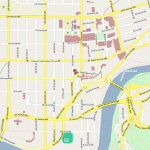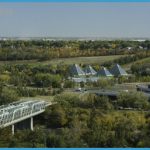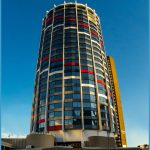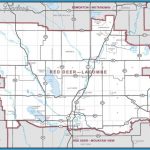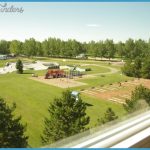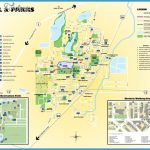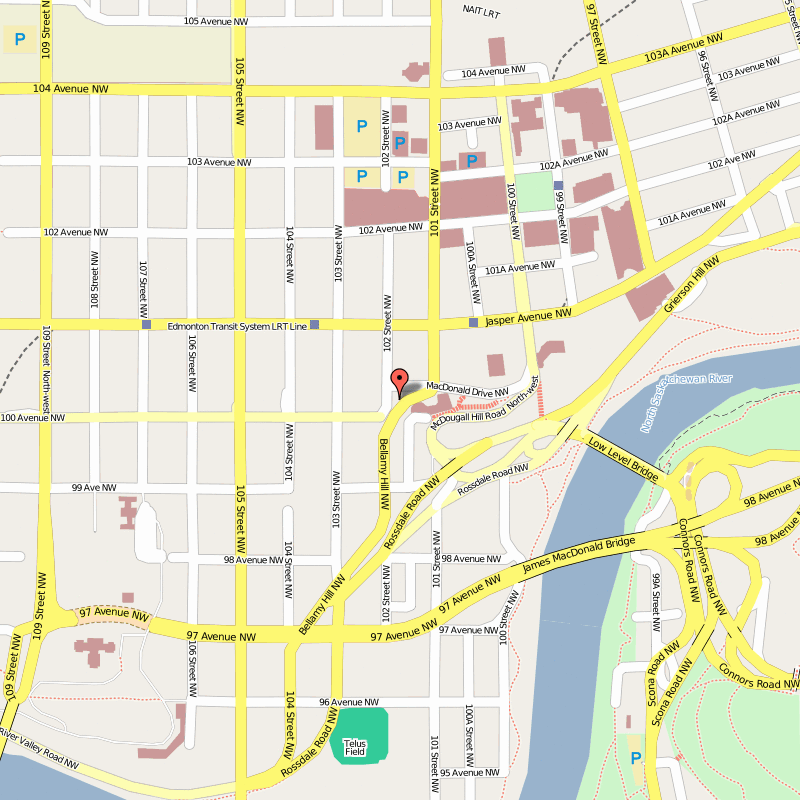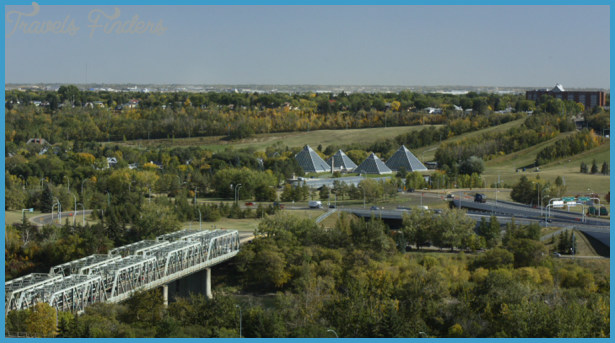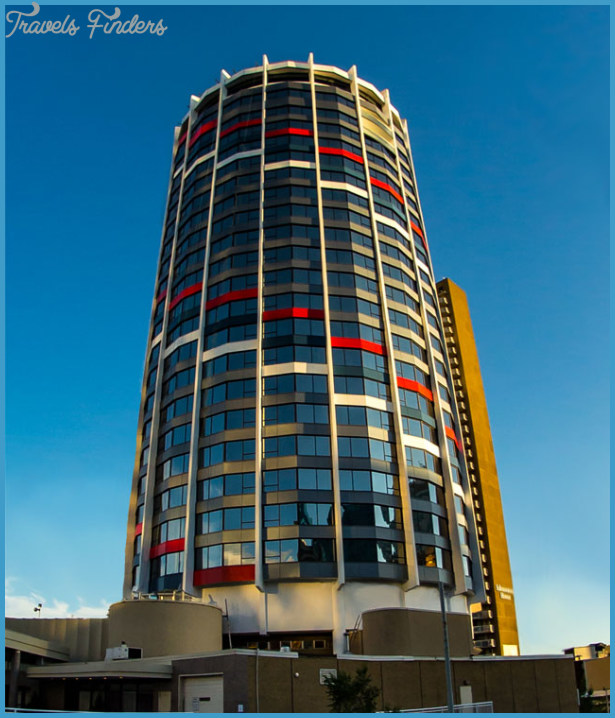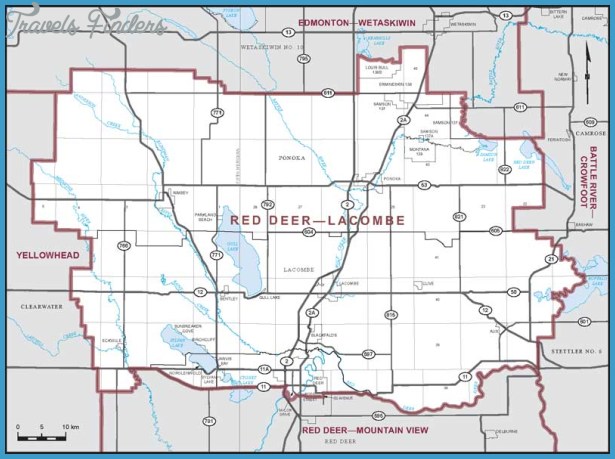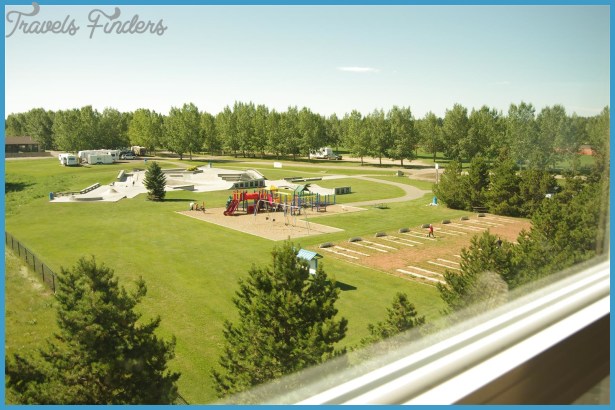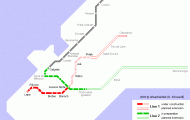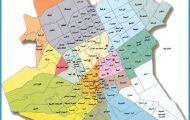LACOMBE MAP EDMONTON
Directions: Exit Edmonton on Hwy 2 south, take the off-ramp to Hwy 12 east; or travel Hwy 2 south, take exit 431 for Hwy 2A south, stay left at the fork, and follow signs for Canadian University College/C & E Trail (south), follow Hwy 2A south, and turn right at Hwy 12 and 50th Avenue.
Distance: 127 km, or about 1 hour and 30 minutes, from Edmonton.
Info: www.lacombetourism.com; 403-755-6935.
Surveyed in 1884, the worn path used by wagons and Red River carts on the Calgary and Edmonton Trail (C & E Trail) was the Lacombe area’s first transportation route. The original C & E Trail weaves through Lacombefrom the town’s southern boundary with the Agricultural Research Station through residential neighbourhoods, ponds, and multi-purpose trails to its north junction with Highway 2A.
Ed Barnett, Lacombe’s first pioneer, settled here in 1883, providing the area’s first stopping house. When the railway came, Siding 12 was unofficially called Barnett’s Siding, but railway officials chose to name it Lacombe in honour of missionary Father Albert Lacombethe Blackrobe Voyageur.
Declared a village in 1896, Lacombe incorporated as a town in 1902 and had 900 residents by 1905. The Dominion government established the Agricultural Research Centre here in 1907, strengthening the town’s role as a commercial area; Red Deer, however, grew more quickly and beat out Lacombe as the major centre of the region. Lacombe’s early growth can still be seen on the most intact Edwardian main street in Alberta, where many buildings from 1900 to 1930 make the downtown unique and especially picturesque. You can take a historical walking tour to see preserved early-20th-century homes, heritage commercial buildings, and more than 20 murals depicting historic Lacombe streetscapes from the 1890s to the 1930s. Designated Alberta’s mural capital, Lacombe always has new murals in progress. Self-guiding maps are available at the Michener House Museum, the Flatiron Interpretive Centre, and several local businesses.
The Lacombe Interpretive Centre (5005-50th Avenue, also called Barnett Avenue) is in the Flatiron Building, named for its resemblance to the profile of a flatiron when viewed from above. It’s the older of the two flatiron buildings in the province. Restored to its original 1900 state, the building contains visitor information, displays, local artifacts, and a theatre showing a film about Lacombe’s history.
Today, almost 12,000 people live in Lacombe. The numbered downtown streets also have signs with Lacombe’s old street names, which were added as a centennial project. Annual events include
the Lacombe Art Exhibit and Sale (third weekend of April). Vintage Machinery Club Show (Father’s Day weekend), Lacombe Days (3rd weekend in July), and The Lacombe Culture and Harvest Festival (last weekend in September).
Michener House Museum and Archives Location: 5036-51st Street, Lacombe.
Info: The museum is open daily, 9:00 a.m. to 5:00 p.m. from Victoria Day through Labour Day, and Friday and Saturday, 9:00 a.m. to 5:00 p.m. throughout the rest of the year. Admission is free; donations are welcome. 403-782-3933.
The 100-year-old birthplace of the Right Honourable Roland Michener, governor general of Canada from 1967 to 1974, Michener House Museum and Archives displays period artifacts and hosts various summer events, including a pancake breakfast during Lacombe Days. The Lacombe and District Historical Society offers guided walking tours of historical downtown Lacombe. Tours take 45 minutes and start at Michener House Museum You can buy a self-guided walking tour booklet for $3.

